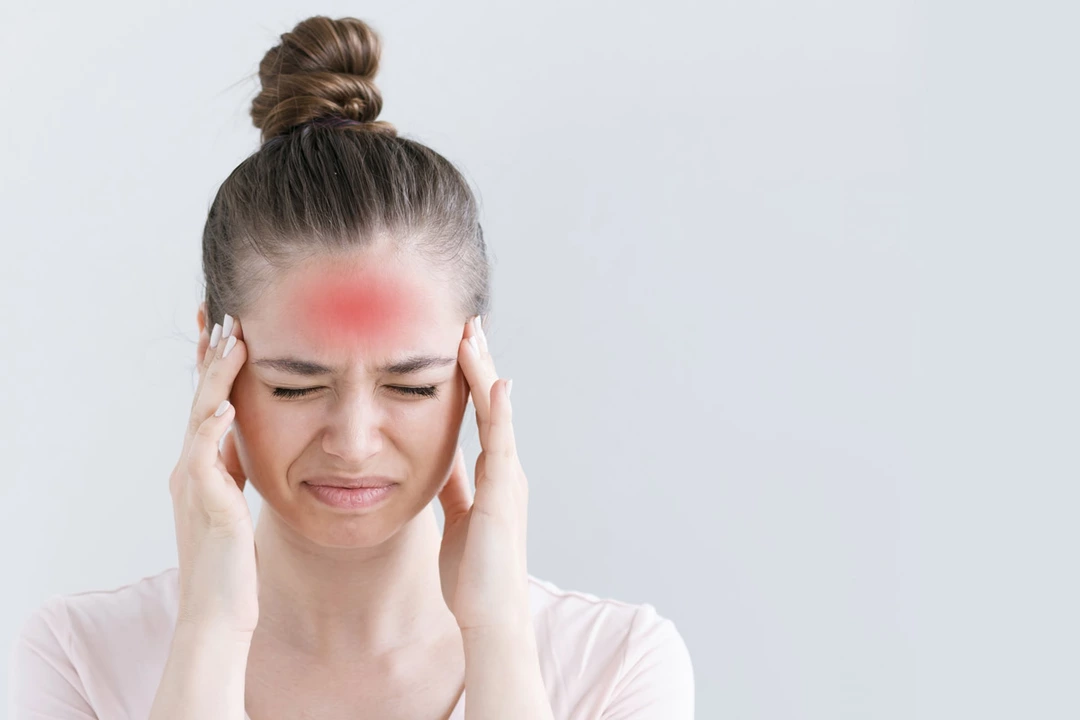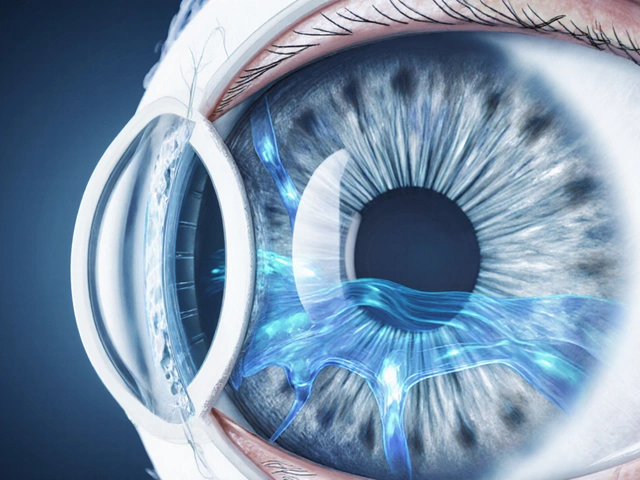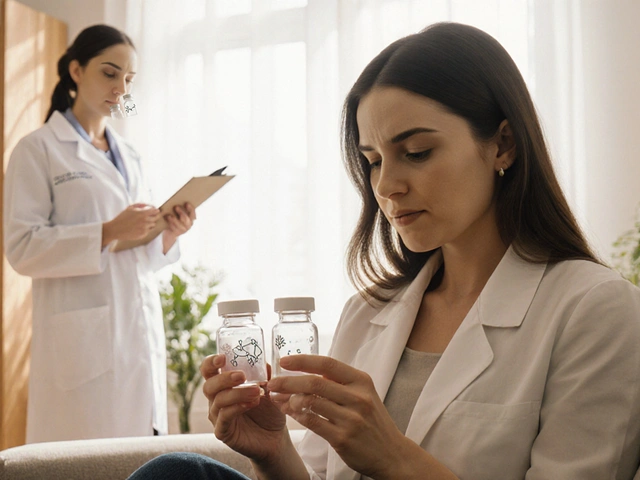Pyridoxine (Vitamin B6): What It Is and Why You Might Need It
Ever wonder why vitamin B6 shows up on supplement labels? Pyridoxine is the active form of B6 that helps your body turn food into energy, makes brain chemicals, and keeps blood cells healthy. Most people get enough from diet, but certain life stages or health issues can raise the demand.
Key Benefits of Pyridoxine
Pyridoxine supports nerve function by helping make neurotransmitters like serotonin and dopamine. That’s why it’s linked to mood balance and better sleep. It also aids in forming red blood cells, which means less fatigue if you’re low on iron. Your skin, hair, and nails get a boost too, because B6 helps process proteins that build these tissues.
Heart health gets a hand from pyridoxine as well. The vitamin helps lower homocysteine levels – an amino acid linked to cardiovascular risk when it builds up. Lowering homocysteine can reduce the chance of clots and improve overall vessel function.
How to Use Pyridoxine Safely
Adults typically need 1.3‑2 mg per day, depending on age and gender. Pregnant or breastfeeding women should aim for about 1.9‑2.0 mg. Most multivitamins already cover this, so a separate supplement is only needed if you have a deficiency, nausea from medication, or a condition like kidney disease.
When you do take a pill, choose a dose that stays under the upper safe limit of 100 mg per day. Going higher can cause nerve problems over time. Split your dose between meals if you need more than 10‑20 mg – it’s easier on the stomach and absorption.
Food sources are easy to add: chicken, fish, potatoes, bananas, and fortified cereals all contain pyridoxine. Eating a varied diet usually meets daily needs without extra pills.
If you decide on a supplement, look for “pyridoxine HCl” or “pyridoxal‑5‑phosphate (P5P)”. P5P is the active form that your body can use right away, which some people find gentler on the stomach.
Watch out for side effects. Very high doses may cause tingling, numbness, or difficulty walking – signs of nerve toxicity. These symptoms usually reverse when you stop the supplement, but it’s best to avoid crossing that threshold.
Pyridoxine can interact with certain medicines. It may lower the effectiveness of levodopa (used for Parkinson’s) and affect some seizure drugs. If you’re on prescription meds, chat with your doctor before adding B6.
People with kidney problems or those on dialysis should be cautious because their bodies clear B6 slower. Also, if you have a history of nerve issues, keep the dose low and get medical advice.
Bottom line: pyridoxine is a handy nutrient for energy, brain health, and heart support. Get it from food first, supplement only when needed, stay under 100 mg daily, and check with a healthcare professional if you’re on other drugs. That way you reap the benefits without risking side effects.

Pyridoxine and Aging: Can It Help Slow Down the Aging Process?
In my exploration of the topic "Pyridoxine and Aging," I've discovered some fascinating insights. Pyridoxine, also known as vitamin B6, has been linked to potentially slowing down the aging process. It's believed to do this by reducing inflammation and oxidative stress, both of which are known contributors to aging. While more research is needed to confirm the extent of its effects, it's clear that this vitamin plays a crucial role in maintaining our body's overall health. So, incorporating more B6-rich foods or supplements into your diet could be a worthwhile step towards healthier aging.

Pyridoxine and Migraine Relief: Can It Help Reduce Headache Frequency?
As a migraine sufferer, I'm always on the lookout for potential remedies, and I recently came across some interesting research on pyridoxine, or vitamin B6, and its potential role in migraine relief. Studies have suggested that pyridoxine might help reduce headache frequency in some individuals by supporting the synthesis of certain neurotransmitters that regulate pain. While it may not work for everyone, incorporating vitamin B6 into your diet or taking supplements could potentially provide some relief from migraines. Of course, it's essential to consult with a healthcare professional before making any changes to your diet or supplement regimen. I'm excited to continue exploring this avenue and hope that it could provide some much-needed relief for fellow migraine sufferers.




